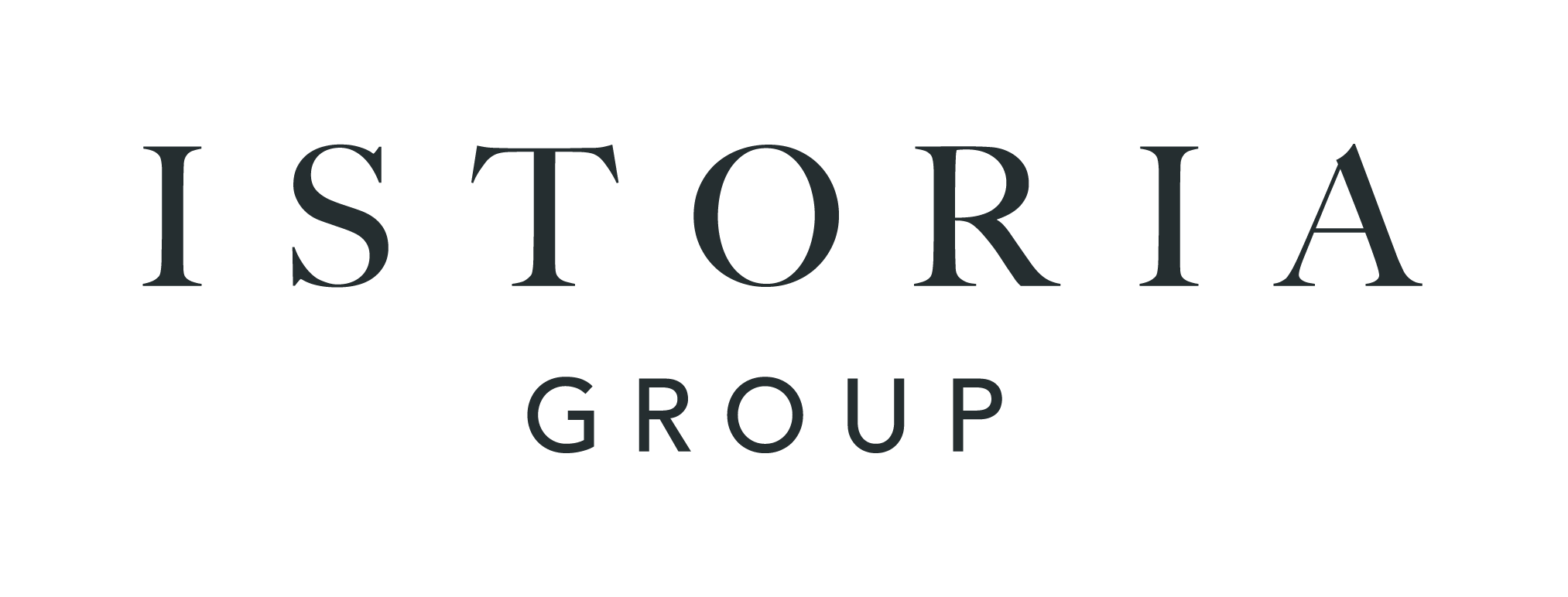The new innovators in the beauty sector
The new innovators in the beauty sector.
By Lindie Kramers, Chief Marketing Officer, Istoria Group
First published in Essential Retail, 30 Mar 2020
The beauty, derma and wellness markets are amongst the fastest-changing in retail. The drivers affecting retail across the board - from consumer concerns with identity and wellbeing to the call for increased sustainability and from the ever-changing online/offline balance to the possibilities offered by leading-edge tech – are all bang on point here, in a sector whose key promise is transformation.
Consumer Contradictions
Given the speed of their market’s evolutions, existing brands and retailers could be forgiven for feeling overwhelmed by trends – as well as their seeming contradictions. Whilst inclusivity and diversity mean not leaving anyone out, for example, brands are also being encouraged to talk to consumers in ever-smaller groups, if not actually on a personalised basis. Meanwhile, the appetite for stripped-down, natural and vegan ingredients, as we seek to enhance our and the planet’s wellbeing, can seem at odds with those advances in technology taking us into uncharted areas of perfectibility.
The Young Pretenders
These tensions are a perfect representation of the reality of the new generation entering the market, both as consumers and innovators. One of this generation’s key strengths is certainly an entrepreneurial attitude – and at a time when it’s never been easier to sell directly to consumers. This old-new division is particularly visible when you look at the online and high street brand split. According to Nielsen, the top 20 cosmetics brands capture 96% of bricks-and-mortar spend, whilst the same companies own just 14% of the share online.
Incubation or Innovation?
For established giants, the pressure to develop new sub-brands to compete with the newcomers is high, though incubating new companies is perhaps the wiser route to getting it right. Sephora’s Accelerate for ‘innovative female founders’ and the L’Oreal and Founders Factory partnership are examples of major brands are already on this, whilst others prefer to watch, wait and acquire. Setting out to attract new ideas and budding entrepreneurs at major exhibitions and events could also prove a productive route for the old guard.
Crowd-led Feedback
Brand development via crowd-led feedback has been around for a while, with many high-momentum beauty brands like Glossier, Peach & Lily and Wander Beauty using surveys and product-testing via social media to solicit feedback. Volition Beauty has gone a step further. It’s a fully-crowdsourced beauty brand that capitalises on consumers who want to design their own cosmetics and are prepared to put them to the vote. The brand then works with top labs to create the most popular ideas for real, solving shoppers’ stated needs in an affordable and scalable way.
Changing Usage of Social Media
Social media is changing too with new, subtler purposing. For brands, it’s about positioning as much as directly marketing, whilst for customers, it’s ever-more a research tool, rendering influencers in turn increasingly powerful. Reelio, Mavrck, and Popular Pays all now connect brands with influencers, with clients including Bobbi Brown and Proctor & Gamble.
Men’s Beauty and Grooming
Another social media innovation is its ability to probe potentially-hidden audiences. Face mask brand Glamglow engages with men directly, for example, using the hashtag #menwhomask. The burgeoning male beauty market is a classic example of a sub-sector where bricks and mortar is proving slow to catch up. Traditional female-oriented beauty halls still dominate, though the new, dedicated men’s beauty and grooming department at the AfterBeauty flagship store in London’s Piccadilly shows how it should be done.
Where to Meet Customers
The liberating influence of pop-ups has led to some highly imaginative thinking about where brands can meet or even create new customers. ‘Athleisure’ post-workout products are booming, for example, with new contenders Sweat Cosmetics, Birchbox’s Arrow line and Rae Cosmetics meeting on-the-ball incumbents MAC, Tarte, and Clinique, offering products such as dry shampoos, sweat-proof mascaras and tinted moisturisers. All brands should be lifestyle-tracking their demographic across current activities and thinking creatively about where else they might engage.
What’s certain about this fast-changing market is that young consumers are leading the way, so knowing your customer has never been more important – nor has communicating exactly who you are and what your purpose is as a brand. The future is about being both ethical and imaginative - offering convenient products, delivered with truth and transparency. And preferably a little style and wit.
Thank you for reading.
If you would like to find out more, please do get in touch.



